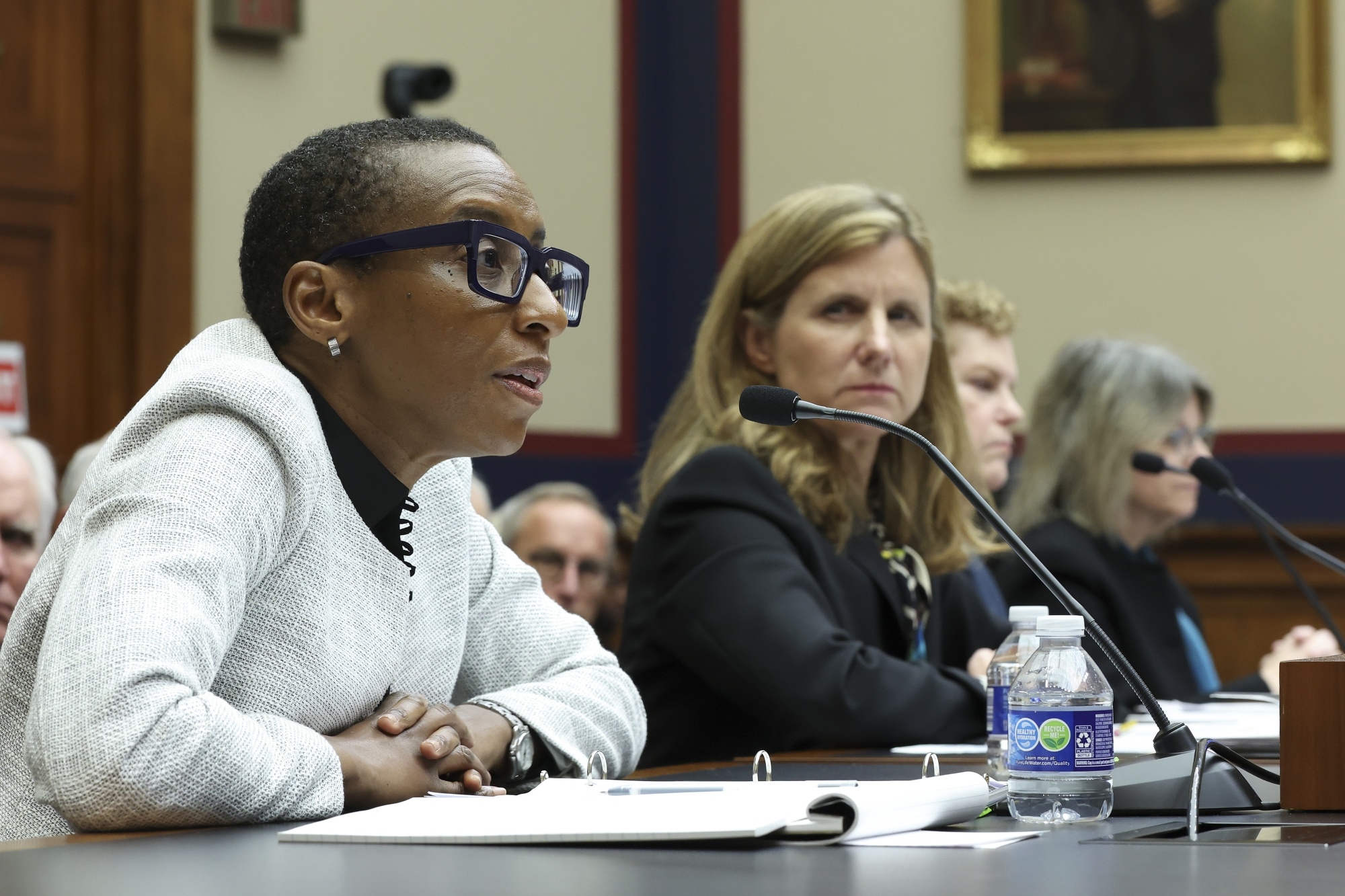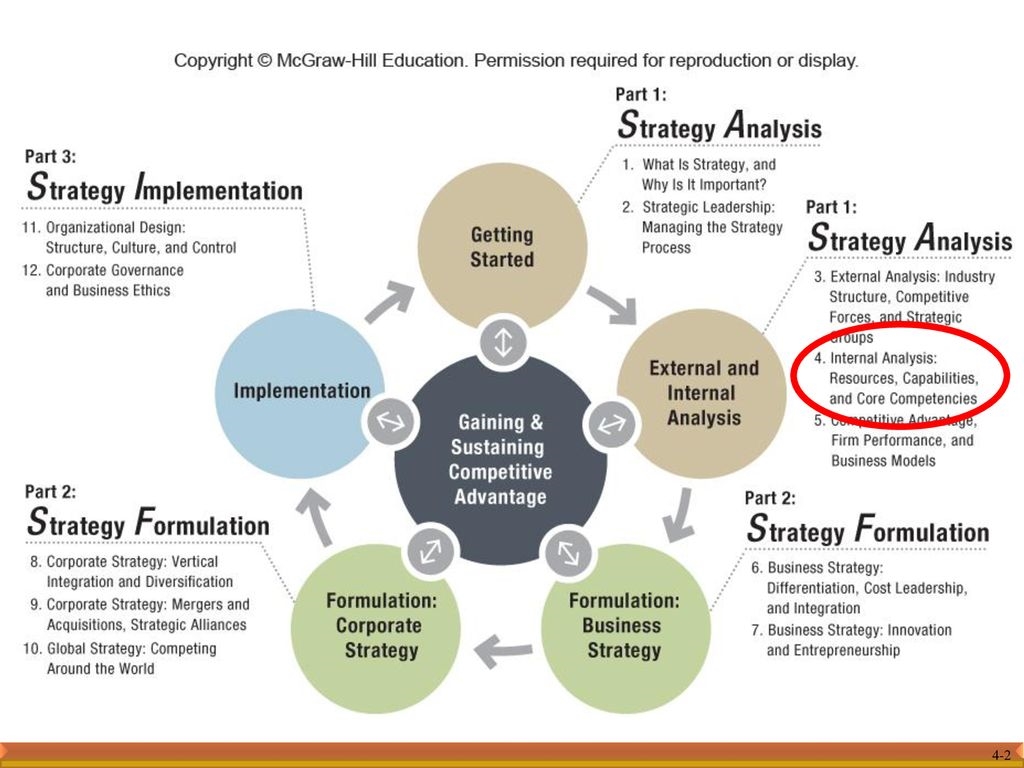
The Rise of Rape Porn Comics: Origins, Styles, and Popularity
Origins of Rape Porn Comics
Rape porn comics, a controversial subgenre of adult comics, have gained significant attention in recent years. Although the origins of this genre are difficult to trace, it is believed to have emerged in the late 20th century with the rapid growth of the internet and increasing accessibility to explicit content.
While the exact motivation for the creation of rape porn comics is unclear, some argue that it stems from the desire to explore taboo and forbidden fantasies in a safe and legal manner. Others contend that it is a form of artistic expression, pushing boundaries and challenging societal norms.
Styles and Themes
Rape porn comics encompass a wide range of styles and themes, catering to diverse audiences with varying preferences. Some comics focus on non-consensual encounters, often depicting coercive scenarios. In contrast, others emphasize consensual role-playing and power dynamics, where the fantasy element is emphasized.
These comics can draw inspiration from various genres, including science fiction, fantasy, and even mainstream superhero narratives. It is important to note, however, that rape porn comics often contain graphic and explicit content that can be distressing or triggering for some individuals.
Popularity and Impact
The popularity of rape porn comics has grown exponentially in recent years, aided by the widespread availability and anonymity of online platforms. The relative ease of accessing this content has contributed to its increased visibility and consumption.
However, it is crucial to address the ethical implications and potential harm associated with the proliferation of rape porn comics. Critics argue that these comics perpetuate harmful stereotypes, normalize sexual violence, and desensitize individuals to real-life trauma.
As the debate around rape porn comics continues, it is important to maintain a nuanced perspective. While recognizing the freedom of artistic expression, it is vital to prioritize consent, respect boundaries, and consider the potential impact on individuals, particularly survivors of sexual violence.
In conclusion,
Rape porn comics have emerged as a controversial genre within the realm of adult comics. Their origins can be traced back to the internet age, where accessibility and anonymity contributed to their growth and popularity. The styles and themes within rape porn comics vary widely, appealing to different preferences and fantasies. However, it is crucial to engage in an ongoing dialogue about the ethical implications and potential harm associated with this genre, promoting the importance of consent and respecting boundaries in all forms of media.
- Rape porn comics have gained attention in recent years
- Origins are difficult to trace, but likely tied to the internet age
- Styles and themes vary, catering to diverse audiences
- Popularity has risen due to online platforms
- Debate continues regarding ethical implications and potential harm
For more information on this controversial topic, consult our comprehensive guide on rape porn comics, examining their history, impact, and social implications.

Debating the Ethics: First Amendment Rights vs. Harmful Content
As technology continues to advance and the internet becomes an integral part of our daily lives, the debate surrounding the delicate balance between First Amendment rights and harmful content becomes increasingly important. While the First Amendment guarantees the freedom of speech, it also raises questions about the ethical responsibility that comes along with it.
First and foremost, let’s define what we mean by harmful content. This refers to any digital material that promotes violence, hatred, discrimination, or poses a threat to personal safety. Examples include cyberbullying, hate speech, terrorist propaganda, and explicit content that can be accessed by minors.
The First Amendment: A Fundamental Right
The First Amendment of the United States Constitution is a cornerstone of democracy, providing individuals with the freedom to express their thoughts, opinions, and ideas, even if they are controversial or unpopular. It safeguards our right to protest, criticize the government, and promotes the exchange of diverse perspectives.
This constitutional protection has extended to the digital landscape, where platforms have become virtual town squares for the exchange of ideas. The unrestricted flow of information has led to great advancements in knowledge sharing, fostering innovation, and creating a platform for marginalized voices to be heard.
The Ethical Dilemma: Balancing Rights and Responsibility
Despite the importance of free speech, there is a growing concern about the harm caused by the dissemination of harmful content. The rise of social media platforms, in particular, has made it easier for individuals to spread hateful ideologies, incite violence, and engage in cyberbullying.
It becomes a moral imperative to strike a balance between protecting individuals’ rights to free speech and minimizing the potential harm inflicted by such content. Many argue that platforms should take a more proactive role in regulating harmful content, implementing stricter guidelines, and robust moderation systems.
On the other hand, critics argue that such interventions might infringe on free speech rights and could lead to a dangerous precedent of censorship. They believe that education, awareness, and fostering a culture of responsible digital citizenship should be the primary focus, encouraging users to be accountable for their own actions and words.
The Way Forward: Collaboration and Responsibility
In order to address this complex ethical dilemma, all stakeholders need to come together and foster a multi-faceted approach. This includes technology companies, legislators, educators, parents, and users themselves.
Technology companies and platforms must develop advanced algorithms, artificial intelligence, and machine learning systems that can effectively identify and mitigate harmful content. They must take responsibility for creating safe and inclusive online environments, putting user safety above profit.
Legislators should review and update laws to address the challenges posed by harmful content in the digital era. Stricter regulations, fines, and penalties for those who propagate or engage in harmful behavior can act as deterrents, while also providing justice for victims.
Educators and parents play a crucial role in educating individuals, especially children and young adults, about responsible digital citizenship. Instilling ethical values and critical thinking skills early on can equip them to navigate the online world with awareness and empathy.
Ultimately, it is up to each user to take responsibility for their actions and to contribute positively to the digital space. By promoting kindness, tolerance, and respect, we can create an internet culture that fosters healthy debates while actively discouraging harmful content.
In Conclusion
The debate regarding First Amendment rights versus harmful content continues to be an ongoing conversation in society. Striking the right balance between freedom of speech and the ethical responsibility to protect individuals from harm is a complex challenge. By working together, utilizing advanced technology, implementing appropriate regulations, and promoting responsible digital citizenship, we can create a safer digital space that respects both free expression and the well-being of individuals.

Understanding the Psychological Impact: Effects on Individuals, Relationships, and Society
The Importance of Addressing Psychological Impact
In today’s fast-paced and interconnected world, it is crucial to recognize and understand the psychological impact of various factors. The effects on individuals, relationships, and society as a whole can be profound. By delving into these impacts, we can equip ourselves with the knowledge needed to address and mitigate any negative consequences.
The Impact on Individuals
The psychological impact on individuals can be far-reaching, affecting their mental health, well-being, and overall quality of life. It is important to acknowledge and validate the emotional experiences individuals encounter in the face of challenging circumstances. Stress, anxiety, depression, and other mental health disorders can arise as a result of these impacts.
By understanding the psychological impact, individuals can take the necessary steps to seek help, develop coping mechanisms, and maintain their mental well-being. This self-awareness empowers individuals to navigate life’s challenges with greater resilience and adaptability.
The Impact on Relationships
Relationships are not immune to the psychological impact that individuals experience. Whether it is a romantic partnership, friendship, or familial connection, the way individuals navigate their emotions can significantly influence the dynamics within these relationships. Communication breakdowns, misunderstandings, and conflicts can arise due to the psychological effects experienced by one or both parties.
Being aware of the psychological impact can promote healthier and more supportive relationships. By acknowledging and addressing the emotional needs of each person involved, individuals can foster open dialogue, empathy, and understanding. This can lead to stronger connections and ultimately contribute to the overall well-being of those involved.
The Impact on Society
The psychological impact extends beyond individuals and relationships, shaping the fabric of society as a whole. When significant portions of the population experience negative psychological effects, it can have widespread consequences. These may include decreased productivity, increased healthcare costs, and strained social support systems.
Recognizing and addressing the psychological impact at a societal level is crucial for the well-being and progress of communities. By prioritizing mental health services, implementing preventive measures, and fostering a supportive environment, societies can mitigate the negative outcomes associated with these impacts. This strengthens societal bonds, enhances resilience, and cultivates a more inclusive and empathetic society.
In Conclusion
Understanding the psychological impact on individuals, relationships, and society is vital for cultivating a healthier and more compassionate world. By acknowledging the effects and taking proactive steps to address them, we can create an environment that fosters well-being and resilience in the face of adversity. Let us embrace the importance of psychological impact and work towards a brighter future for all.
- Psychological impact affects individuals, relationships, and society.
- It is essential to address and mitigate negative consequences.
- Individuals can develop coping mechanisms and seek help.
- Psychological impact influences dynamics within relationships.
- Awareness promotes healthier and more supportive relationships.
- Societal impacts include decreased productivity and strained support systems.
- Addressing psychological impact strengthens communities.
- Understanding leads to a more compassionate and resilient world.
| Section | Content |
|---|---|
| Introduction | Addressing the importance of understanding the psychological impact. |
| The Impact on Individuals | Discussing the effects on mental health and well-being. |
| The Impact on Relationships | Exploring how psychological impact influences relationships. |
| The Impact on Society | Highlighting the consequences for society as a whole. |
| In Conclusion | Emphasizing the importance of addressing and understanding psychological impact. |

